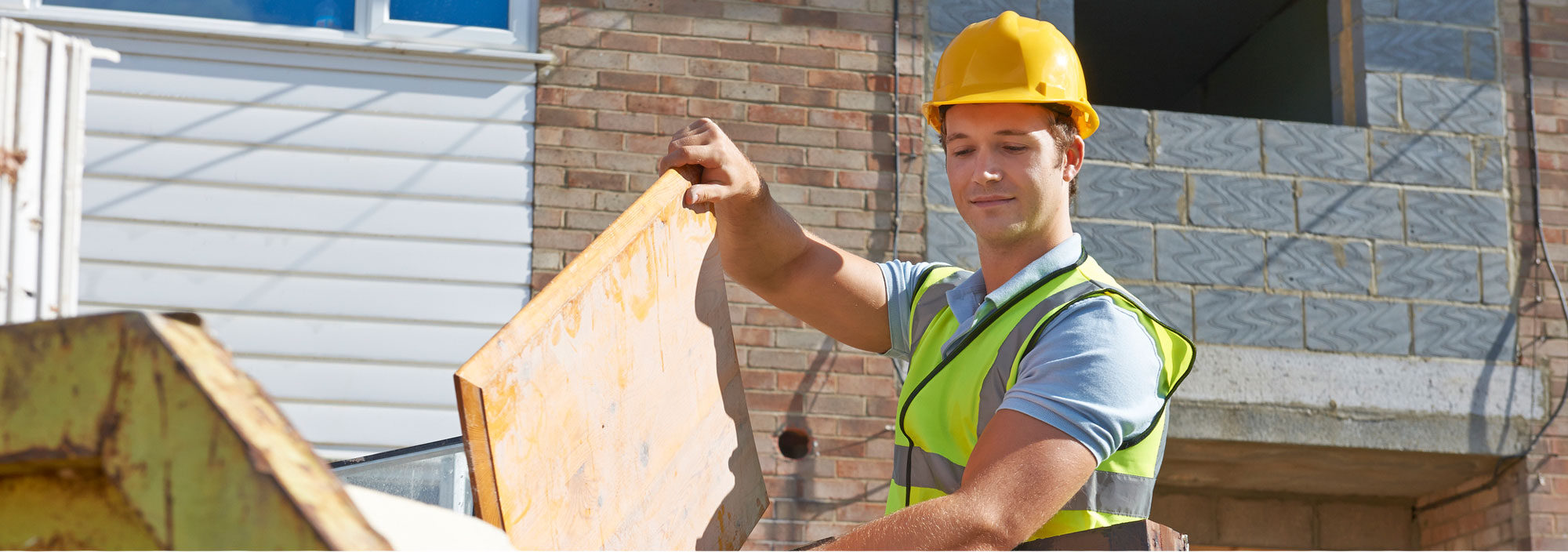Easy Furniture and Appliance Removal Guide

At some point, we all face the challenge of getting rid of old furniture and appliances. Whether you’re upgrading to new models or simply decluttering, these bulky items can be difficult to manage. Leaving them out for regular garbage collection isn’t usually an option, and improper disposal can harm the environment. Understanding the best practices for furniture and appliance removal is key to handling this task efficiently and responsibly.
We aim to provide clear, actionable steps for removing old furniture and appliances from your home. This not only helps in keeping your living space tidy but also ensures these items are disposed of or recycled properly. It’s important to consider eco-friendly disposal methods to minimize the impact on our planet. Let’s dive into the most effective ways to handle this daunting task, making the process as simple and stress-free as possible.
Understanding the Need for Proper Furniture and Appliance Removal
When it comes to managing our homes, dealing with old furniture and appliances can be a daunting task. Proper removal is essential to ensure a safe and efficient process. Unwanted furniture and appliances can take up valuable space, create safety hazards, and even result in environmental damage if not disposed of correctly. Many of these items contain materials that need specialized handling and recycling to prevent harm to the environment.
Proper removal also helps maintain a clean and organized living space. Items left lying around outside or in garages can deteriorate, attracting pests and causing health risks. By properly managing the removal of old furniture and appliances, we contribute to a healthier home environment. Making sure these items are handled correctly also aligns with environmentally friendly practices that we all benefit from in the long run.
Step-by-Step Guide to Removing Old Furniture from Your Home
Removing old furniture can be straightforward if done in a structured manner. Follow these steps to ensure a smooth removal process:
- Assess the Items: First, identify which pieces of furniture you need to remove. Check their condition to determine if they can be donated, sold, or need to be disposed of.
- Measure and Plan: Measure the dimensions of the furniture and map out the best route to remove them from your home. This prevents damage to your property and ensures a hassle-free move.
- Gather Supplies: Collect necessary supplies like moving blankets, straps, and dollies to protect your home and prevent injuries during the move.
- Disassemble If Possible: Where applicable, disassemble larger items to make them easier to move. This will help navigate tight spaces and reduce the risk of damage.
- Organize Transportation: Arrange for transportation, whether it’s renting a vehicle or scheduling a pick-up with a junk removal service.
By following these steps, removing old furniture can be more manageable and less stressful. Proper planning and organization are key to an efficient and safe removal process, ensuring that living spaces are promptly cleared and ready for their next use.
Sustainable Disposal Options for Unwanted Appliances
When it comes to getting rid of unwanted appliances, sustainable disposal is key. Many appliances contain harmful materials and components that can pollute the environment if not handled correctly. Begin by checking if the appliance is still in working condition. If it is, consider donating it to a local charity or selling it online. Many organizations will gladly accept functioning appliances to help those in need.
If the appliance is broken beyond repair, recycling is the most environmentally-friendly option. Many parts, such as metals, glass, and certain plastics, can be reclaimed and reused. Contact your local recycling centre to find out if they accept old appliances and about any specific requirements for drop-off. Some manufacturers or retailers also offer take-back programs where they will collect and recycle old appliances when you purchase a new one.
Tips for Preparing Larger Items for Pickup and Disposal
Proper preparation of large items before pickup ensures a smooth and efficient removal process. Begin by clearing a path to the item to make it easy for removal. Move any obstacles, furniture, or decor that might be in the way. This will help prevent damage to your home and make the removal process quicker and safer.
Next, disassemble larger items if possible. This makes them easier to handle, transport, and fit into the removal vehicle. For example, remove the legs from tables and sofas or take apart bed frames. For appliances, ensure they are unplugged and disconnected from any water or gas lines. Clean them out to remove any food, water, or debris. Be sure to follow any specific instructions provided by your removal service to make sure everything goes smoothly on pickup day.
Conclusion
Proper removal of furniture and appliances is essential for maintaining a clean and clutter-free home while also being mindful of the environment. By understanding the need for appropriate removal practices and following a step-by-step guide, we can ensure that these large items are disposed of responsibly. This helps in reducing landfill waste and promotes recycling of valuable materials. Taking these steps also helps in making the removal process more efficient and less stressful.
At Dr. Waste, we offer comprehensive furniture removal and appliance removal services that prioritize sustainability and efficiency. Our team is experienced in handling all types of residential junk removal, ensuring your old furniture and appliances are managed responsibly. Need help with your next removal project? Contact Dr. Waste today for expert and eco-friendly junk removal services.

